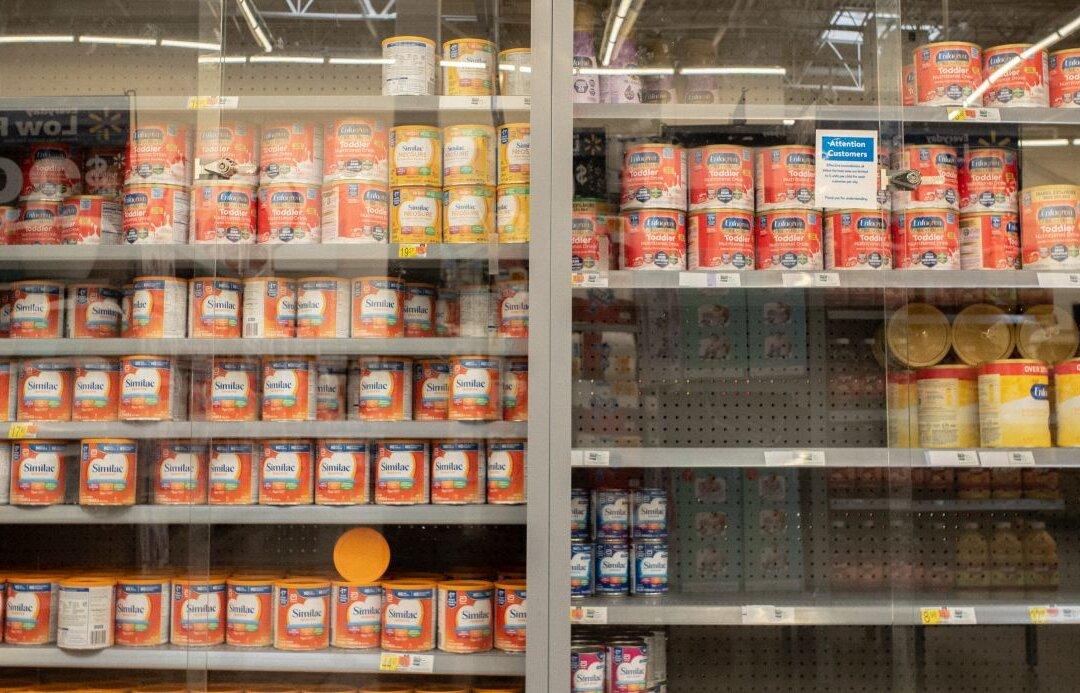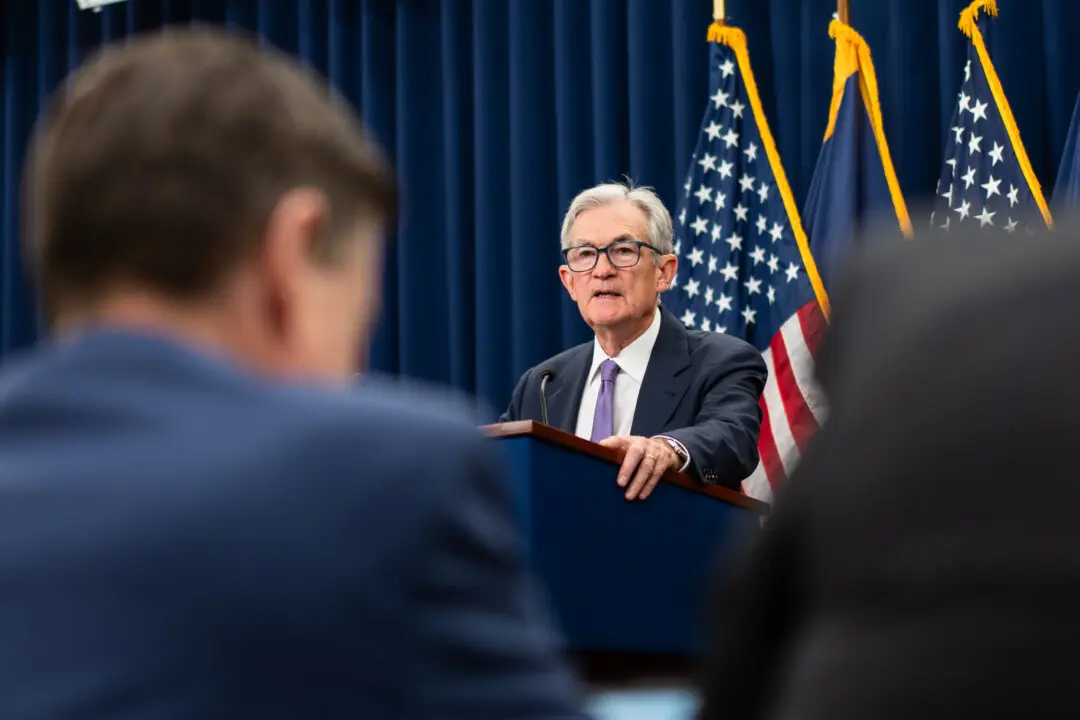Producer prices—the cost of goods and services paid by businesses—rose hotter than expected in April, adding to concerns that the U.S. economy could be in the middle of another inflation wave.
The producer price index (PPI) rose 0.5 percent last month, up from negative 0.1 percent in March, according to the Bureau of Labor Statistics (BLS). This topped the consensus estimate of 0.3 percent.





